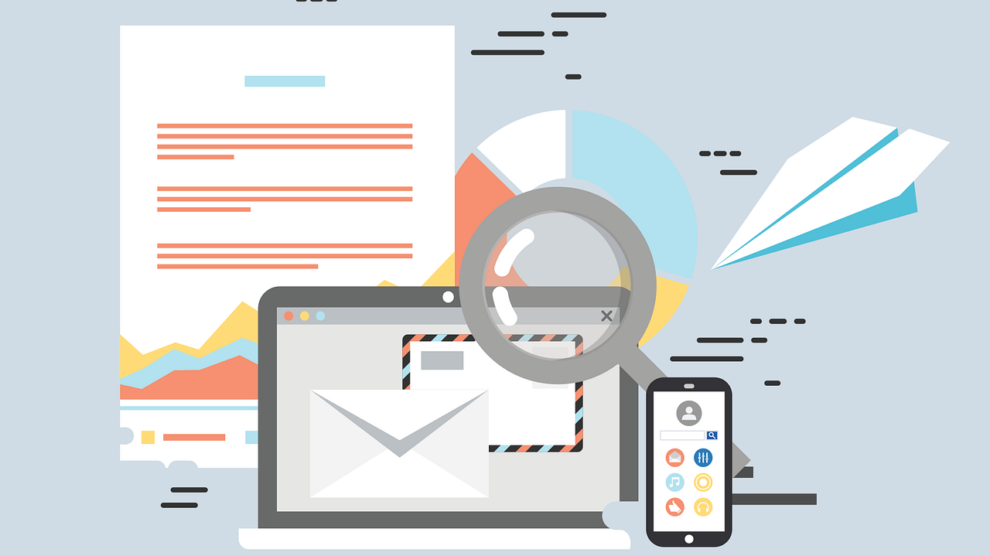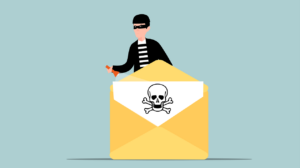If you think cold email is dead, you’re mistaken. It’s alive and well, getting people business everyday. Let’s talk about how we can get cold email working for you.
Platforms & List
One of the most important parts of starting a cold email campaign is using a platform that allows A/B testing, great follow up and personalization. These are the 3 key elements that are going to make your campaign win.
And win they will. I can’t stress enough how much cold email still works for growing any type of business, if you put time and energy into it. I’m not going to suggest any platforms but there are many to choose from and they all have the same basic offering. I have my personal favorite but it’s no different than many others, I just like the design better and think it’s a little easier to use.
The second part of cold email that will make or break your campaign is how you’re building your list. Are you buying a list? If so you’re off to a very bad start. Pre-made email lists are generally low quality and been hit up hundreds of times. In short, these people are used and sick of it. It will be very hard to convert them.
What I will suggest for building a list is LinkedIn Sales Navigator. It’s easily the best prospecting tool around right now, especially for B2B. You can search the entire LinkedIn network and start building prospects with some of the best targeting around.
The List building is the most time intensive part of the entire process. Do it correctly and you will get higher open rates. Can’t stress enough how important it is to build a clean, new list.
A/B Test the Subject Line
Subject line has one goal right? To get opened. One of the best ways to do this is to avoid the line “Quick question”. I’ve noticed it’s a lot of marketers go to subject line and it’s one of the most overused subject lines in existence. Come up with something original, even think about including their name. “Quick question Gilman” will have a higher opening than quick question but it’s still not original. Personalization matters.
When coming up with a good subject line to test, one of the best strategies I’ve used is coming up with at least 30. Yes 30. I’ve read some places 15, is a good number. For me, it doesn’t allow for enough creativity. You can come up with 15 ways to say the same thing but 30 actually takes some creativity. Push yourself and come up with 30 subject lines, narrow it down to your best 5.
After you have your best 5 subject lines, that still might be too many to A/B test depending how big your list is. Take those 5 and ask some friends / team members which they like best, narrow that down again to 2. Once you get to 2, you’re ready to start sending an A/B testing.
A/B Test the Body
With the body, you can A/B test it the same time as the subject line – Because the only goal of the subject line is to get opens. The goal of the body is to get replies, or clicks depending on your goal. In my opinion, the goal should be replies. You can always go for clicks after or in a follow up response. They are tracking two different metrics, so feel free to A/B test at the same time.
The body is the scariest part of designing a cold email, because it will be the part that decides if you get marked as spam or not. Make sure, if you must promote a link – do not promote more than one or people will definitely mark you as spam. I prefer zero as I let my signature do the talking which we will get to later.
There’s 3 core elements you want to take into account when designing a cold email:
- Personalization
- Start with delight
- Ask a question
Personalization is a big one. I like to send mine with just a first or last name, the full name seems a little like an automated bot to me. Hey Gilman, seems a lot more natural than Hey Gilman Haris.
After the hey comes the delight. If you have the time, invest it into a little research on the person and comment on something they’ve done lately – A funny tweet, a blog article, a new job, anything that they’ve done recently so they know you’ve done the research. It’s a quick way to get some respect and make them a little more open to the next part of your email.
The ask. I generally keep the ask very small and casual. I’ve seen some very long emails that work and very short.
Either can work despite common advice saying keep it short only — The rule should be keep it good. When asking, I’ll say something along the lines of “Thought you might be in the market for X” – It’s that small. No links. No nothing except a “Cheers,” and wait.
Signature Link
This is where I put my link. If people are reading your email, they’re going to check your signature as well. And they’re going to click it.
Keep your signature very focused with a single link. Think about it like a landing page, everything has 1 CTA – Your CTA here is going to be the link. I link to the website I’m trying to get customers for and let them check it out for themselves. It works.
Follow Up
Follow up is the most important part of any cold email campaign. If you’re not doing it, you’re failing. I read somewhere that around 13% of your target market at any time is in the buying stage. That means 87% is not ready for your product yet, but they will be one day.
On top of that, many of your emails won’t get a reply – I find very often that we do get a reply in the 2nd or 3rd email. If you’ve neglected this part of campaign in the past, it’s a huge factor in campaigns failing.
What I like to do is set 2 follow ups scheduled to the recent future – one might be in 2 days and another in 5 days. After that, since I know only 13% are in the market – I’ll set a 3rd follow up in a month or two. Hell, now that I’m writing this – I don’t see a downside in setting a 4th in another few months after that. You have nothing to lose.
What we’ve gone over today is everything a cold email takes. I’ve sent more than most people ever will and the only difference between a successful campaign and a losing campaign is the amount of effort people put into every single one of these categories. Cold email is alive and well. It’s up to you to make it work. Just like anything else.





